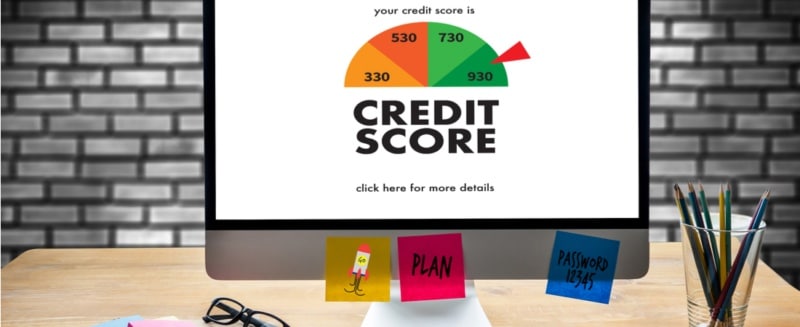If you’ve purchased a credit monitoring product to help you stay on top of the information in your credit file, you may at some point receive an alert.
When the alert is about a change you’ve recently initiated—a new credit card or mortgage, for example—it may not be a surprise. But when you receive an alert about a change you don’t recognize, you may be confused about what to do next.
First things first: What is credit monitoring?
Credit monitoring products give you regular access to your credit reports and credit scores from at least one of the national credit reporting agencies (CRAs)—and sometimes all three. These products also monitor your credit files with the three CRAs and will alert you to key changes in your file.
Some credit monitoring products also offer identity theft insurance and specialist assistance should you fall victim to identity theft.
What are credit monitoring alerts?
Credit monitoring alerts, which are a feature of many credit monitoring products, notify you in real time about any key changes to your credit file. Most services will alert you by email or text message, and some services will also call you directly.
If you receive an alert about a change you did not initiate, such as an inquiry or newly opened line of credit, it could be a sign of identity theft. The sooner you identify potential fraud, the easier it can be to restore your identity.
With credit monitoring alerts, you can verify your credit activity and quickly respond to inaccuracies.
What should you do if you receive an alert?
The first thing you should do if you receive a credit monitoring alert is check your credit report for any inquiries you do not recognize or any accounts that may have been opened in your name. If you recognize all of the activity on your credit report, don’t worry about the alert.
However, if you find suspicious activity on your credit report and believe you are a victim of identity theft, help to limit the fraud’s effect on your finances by reporting the activity right away.
Start by taking the following four steps:
1. Place a fraud alert or a security freeze on your credit reports. Fraud alerts don’t prevent new credit from being opened in your name, but they do require that creditors take extra steps to verify your identity when new credit is applied for in your name. They are free and can be placed online, by phone, or by mail with any one of the three credit reporting agencies.
Security freezes, on the other hand, prevent new credit from being opened in your name without your permission. They must be lifted before anyone—including you—can apply for a loan or other line of credit. They also block the information in your credit file from being disclosed to third parties. The fees to place and lift a security freeze vary by state.
2. Close any breached or fraudulent accounts. Contact your creditors, banks, phone companies, or utility companies to close any accounts that have been compromised or opened fraudulently.
3. Call the police. A police report can help show creditors that a fraudster has opened an account in your name. Report identity theft to the police or sheriff’s department that has jurisdiction in your case. In addition, be sure to keep organized records of every communication you have with authorities and creditors regarding the crime.
4. Contact the Federal Trade Commission (FTC) to file a complaint. You can call the FTC’s identity theft hotline at 877-438-4338. While the FTC does not handle individual consumer problems, your complaint could lead to law enforcement action.
[amazon_link asins=’0609809334,0812927419,1524763438,0812925319′ template=’ProductCarousel’ store=’thinkglink-20′ marketplace=’US’ link_id=’dafaba9f-0126-11e8-95fa-3764e186fe82′]






